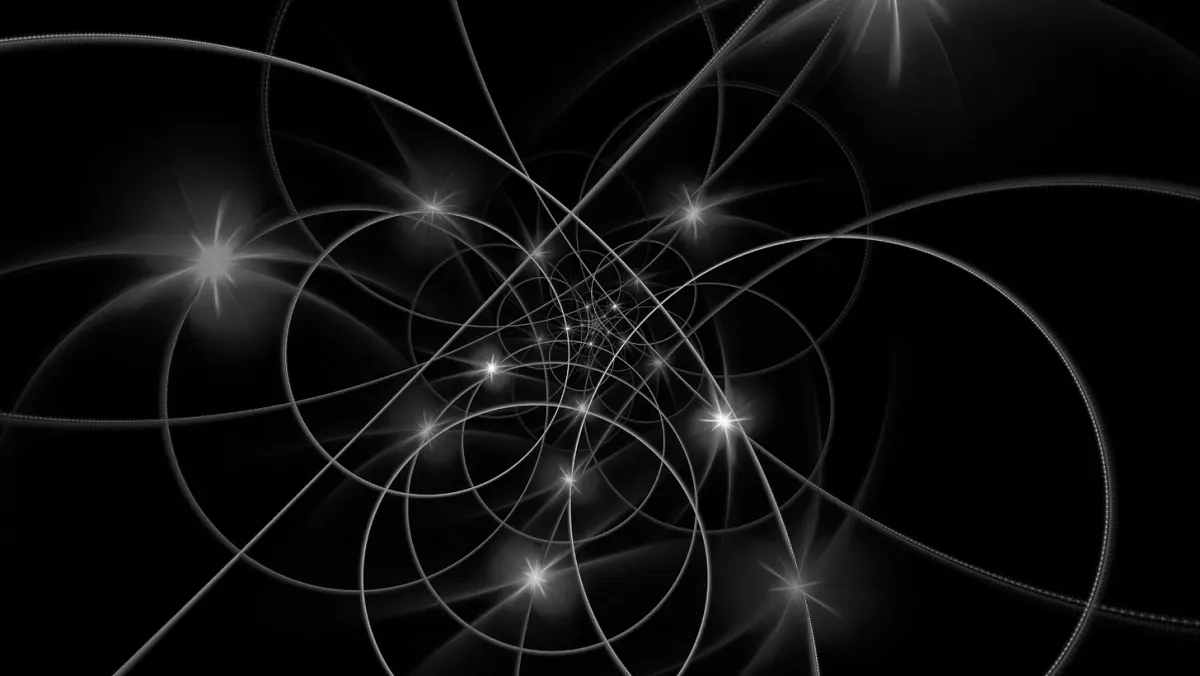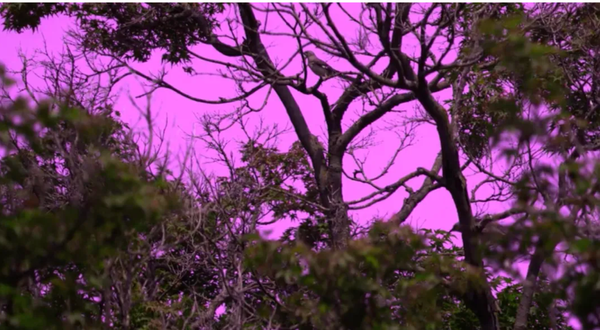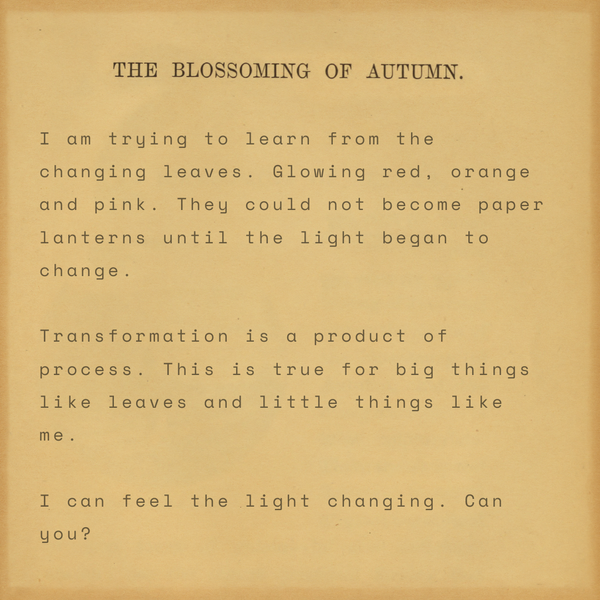In Which I Rot in the Ground
but only by one measure

When we go on walks, my five year old always reaches up to hold my hand. Her little palm and fingers are often sticky with the residue of childhood - glue, sugar, sap. During the first years of my parenthood, I might have pulled my hand away and told her to go inside and wash her hands. But I’ve been a parent for nearly 15 years, an epoch in the childhood time scale. I know kids don’t stick for long. So I just hold on tighter, willing my skin to absorb the trace elements of her existence as she is, right now.
My two older daughters have mostly grown out of reaching for my hand. I find myself reaching out to them, in quick touches. Desperate to be layered down to the bone with artifacts of their actuality. Depositing my fourteen year old into my fingertips as I brush her hair back from her face. Settling my eleven year old into my palm when I put my hand on her shoulder.
Sometimes I wonder if I’ll have enough room between my bones and skin for all the versions of them I want to keep. I wonder if the earth feels the same way about its people, birds, bugs and trees? Maybe that’s the work of the wind, to carry enough dust to cover and keep the trace elements of existence, as they were, as they are.
Stratigraphy is the science of geologic layers. Its law of superposition says that in undisturbed strata, the oldest stratum lays at the bottom. Each stratum above it is younger than the one below. Archaeologists dig for features of the past, cutting through parallel layers of soil, ash, rock and sediment. This sequence is a strata, and each layer is a stratum. In earth science, those divisions are as settled as linear time.
Each artifact within a layer provides the context for the other objects, helping archaeologists understand the date the soil settled. In one stratum, a bone awl provides context for a basket fragment. In another, lipid residue on ceramic shards provide context for animal bones with evidence of knife cuts. When the awls, baskets and shards are unearthed, they’re put in a glass box on display or a cardboard box in a corner. It’s a formal burial either way, one casket is just a little nicer than the other.
I could unfold my right hand for you. I’d watch as you surveyed the ridges, creases and eminences. But I’d close my eyes once you’d decided where to cut. I’d let it feel like your discovery, the layered fossils of these people I made with my body, and tried to keep with it too. I am not generous. I just couldn’t bear to watch you bury us after you’d dug us up.
Science is just a state of knowing. And there are many states of knowing, none get to be undisturbed and each is entangled with the other.
Quantum mechanics is the science of very small things - the particles and subatomic particles that make up the warp and weft of existence. Quantum superposition says that a particle can exist in all possible states until it is observed.
We think of observation as watching. But in quantum mechanics, observation is any interaction that retrieves information about a particle. A measurement can be an observation. A question can be an observation too. (And hope? Yes, I think so.)
In the double slit experiment, scientists shine light at a wall with two openings cut into it. Then they observe the pattern the light makes on a screen set up behind the wall. Light is a wave, a field of oscillating electromagnetic energy. So it moves through and then spreads out of each narrow narrow slit.
Like ripples moving across a water from two points, the light waves from one slit meet the light waves from the other. This is called interference. The ripples sometimes join together to make bright lines, and sometimes they cancel each other out to make dark areas. These bright and dark bands are called an interference pattern. It kind of looks like the pattern made on the wall when sunlight shines through half-opened blinds.
Light is made of little packets of energy called photons. Unlike other particles, photons do not have a rest mass. Light never rests. But they have energy and momentum. And they act like particles. And particles act a little like bread crumbs, they have definite locations (the kitchen table) and properties (crumb-y).
When scientists first sent photons through the slits one at a time, they expected them to, well…continue to act like particles. And at first they seemed to - when a photon hit the screen it was detected as a single point. But they kept shooting single photons at the wall with its two slits. And as one photon followed another, an interference pattern began to emerge on the detection screen. In classical physics, a single particle is not capable of interfering with itself. What was happening?
Quantum superposition! The photon passes through both slits and exists at every possible trajectory at once, making a wave of possibility. The wave collapses into one outcome, a discrete pin point of probability, only when the detection screen is used to retrieve its location.
Okay, that’s very odd! But photons are odd little things. Massless little bundles of energy claiming the mantle of particle. Of course light can act like a wave and a particle. From cosmic dawn to pacific sunsets, light is just very extra.
But surely the other fundamental units of existence make more sense. And I mean, I guess that depends on your definition of sense.
The double slit experiment is equally everything everywhere all at once when dealing with weightier particles like electrons. If you perform the very same experiment with electrons, with only the screen as an observation point, the individual electrons will behave like waves and create an interference pattern. But!
If you place a detector at the wall to find out which of the slits the electron passes through, the interference pattern will not emerge. Instead, the screen shows two clusters of electron strikes, as if the particles went through one slit or the other but not both. Retrieving information at the slits removes the possibility of a wave of possibility after the wall.
Some people call this the “measurement problem” others call it “the observer effect.” I call it wonderful. There are so many things humans cannot observe, it gives me so much hope that most of existence is not subject to our measurements, our walls, our screens. (Are there other forces taking the measure of existence? Of course. But mostly, they don’t seem to be subject to our observations either.)
Quantum mechanics tells us light can be a particle and wave. Our cells are made of particles that exhibit the wave-particle duality. And with enough warmth and force, matter can become energy and energy can become matter. When I look down at my daughter as she chatters along beside me, the science seems settled. Something as big as existence could only be made of small things. My little girl is composed of, and exists within, wave functions of possibility.
And yet.
It is a grief, to know the potentiality of a particle and the seeming inevitability of a macroscopic system. Brontë will get older, and like her sisters, she’ll stop reaching for my hand. I’ll brush back her hair, put my hand on her shoulder.
My daughters will grow back into to reaching for my hand. But by then, or some moment too close to it, I won’t be able to reach back. All I want from all of existence is to keep walking with my daughters. Particles act like waves, but people made of particles still collapse into one discrete point. (I guess we are making the wrong observations.)
One day we’ll have taken our last walk. The layers of my life will leak into the ground. My bones and the buttons on my dress in will become features in a stratum older than the ones above it.
And then? Well.
The artifacts deposited in layers of sediment and soil require the context of space and time to be connected to one another. But the particles they are made of need neither to be bound to one another.
Quantum entanglement is a phenomena when two or more particles become linked. A change in one particle will induce a simultaneous change in the other particle, no matter how far apart they are. Entangled particles can be separated by light years, billions of light years, and remain connected. Space and time are not the threads of existence, entanglement is.
Scientists say that robins are able to migrate because of quantum entanglement. Robins do not use an internal compass to navigate, they use the angle of the earth’s magnetic field. Of course, earth’s magnetic field wouldn’t be visible to birds in a classical physics world. But in our quantum world, it is. Entangled electrons in the robin’s eyes,
“get enough energy to separate and become susceptible to external influences, including the earth’s magnetic field. If the magnetic field is inclined, it affects the two electrons differently, creating an imbalance that changes the chemical reaction that the molecule undergoes. Chemical pathways in the eye translate this difference into neurological impulses, ultimately creating an image of the magnetic field in the bird’s brain.” - Living in a Quantum World, Scientific American
If birds can be led home by the lights of invisible fields, if there is no space, if there is no time, if particles can be linked across billions of light years, if I am made of energy and matter that can and does exist in all possible states at once, then surely I can walk beside my daughters again. And always.
I will curl my right hand away from you. I’ll close my eyes as you dig six feet into the creased ground. I’ll let it feel like you’ve buried me, but you’ve only boxed the thing I was last. I’ve changed and the people I made, the people I’ll keep, have changed with me. We are not still. Light does not rest.
(Darlings, wake up.)




